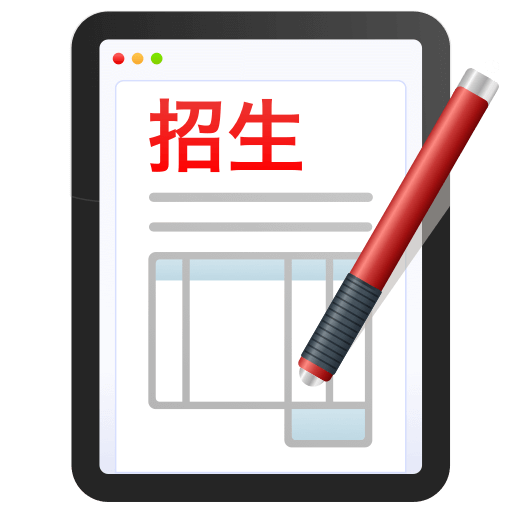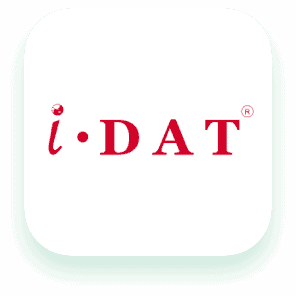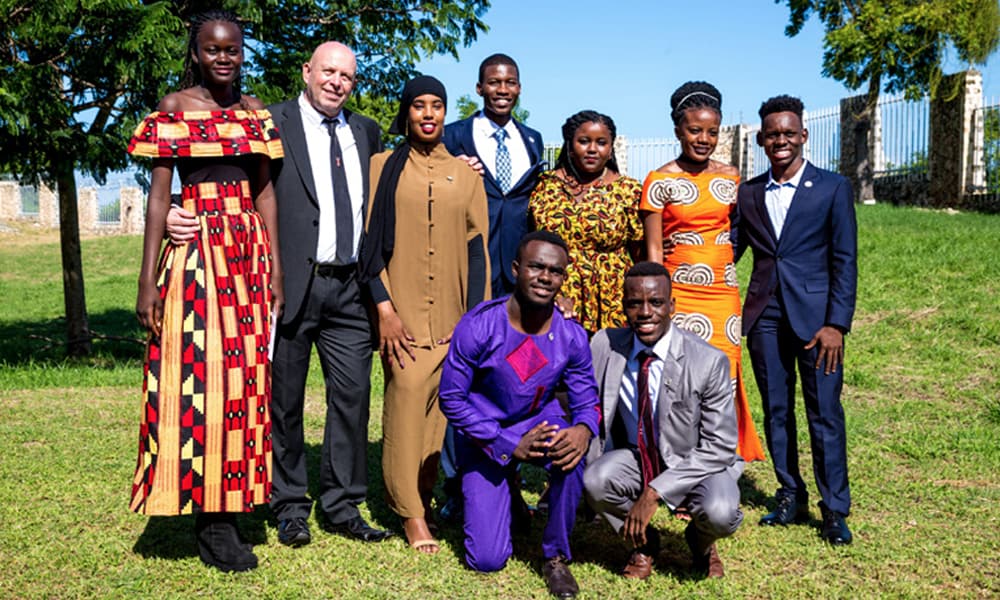The core mission of the Aga Khan Academies is to produce ethical home-grown leaders for the developing world, including the African continent, towards the goal of sustainable development. What makes the Academies unique is that they identify and nurture exceptional young people from a wide range of national, religious, ethnic and socio-economic backgrounds to create learning communities that are exceptionally diverse, open-minded, culturally-rooted and driven to make an impact on their communities and the world.
The question often asked is how our admissions team is able to identify leadership potential that unique variable which will ensure the students’ chances of success with the rigorous International Baccalaureate programme, quality tertiary education as well as life-long learning.
Let me walk you through our process.
Since traditional student evaluation methodologies are often limited
in their ability to identify strong students across socio-economic and cultural spectrums, the Aga Khan Academy Mombasa (AKA Mombasa) has established an innovative Talent Identification Programme (TIP). The programme actively searches for and assesses students with academic and leadership potential across diverse backgrounds. A key aim of this programme is to expand the reach of the Academy beyond the usual catchment groups for schools of similar calibre to include students who come from disadvantaged (i.e. poor or marginalised) groups and otherwise would not have access to high-quality secondary education. The programme provides students, over the course of six years, with tuition, housing, meals, a weekly stipend and covers the costs of uniform, medical coverage, exam and university application fees as well as school trips and extra-curricular activities.
This initiative includes strategies for reaching out to potential students in disadvantaged communities as well as a multifaceted admissions process that includes a range of assessments to identify giftedness, regardless of a child’s previous academic preparation. These aspects of the programme help satisfy the Academies’ vision to educate diverse groups of students who have the potential to become ethical leaders committed to bringing about positive change in their communities and countries.
Every year the Academy partners with Aga Khan Foundation East Africa (AKF, EA) and Kenya Government primary schools in the coast region to organise the Talent Identification process. The Academy aims to identify highly motivated standard 6 students of excellent intellectual ability, who demonstrate exceptional leadership potential. The coordinators use their knowledge and experience to identify educationally and economically marginalised areas within the coastal region of Mombasa and schools to target for the process.
The headteachers of the selected schools are invited to the Academy to sensitise them about the IB programme, the residential and leadership programmes and the students, as well as the assessment and nomination process. The headteachers are asked to liaise with their standard 6 teachers to nominate two boys and two girls for the process. A school that is centrally located within each area is chosen as the testing centre, so that the students and their teachers are able to travel without too much time consumed and so they are not inconvenienced. The nominated students are asked to meet at the testing centre. The students then undergo a pre-test.
The pre-test includes a cognitive ability assessment using Raven’s Progressive Matrices or the Naglieri, which is a reliable non-verbal test of logic and problem solving. The aspects of fluid intelligence assessed by these tests involve a high level of analytic- sequential thinking for successful performance. The tasks involve being able to identify and integrate two nonverbal patterns; these may be spatially or quantitatively defined.
The students’ reading and writing performance is also assessed. Knowledge and skills in each of these areas provide vehicles for learning in all other academic areas. Writing to communicate is assessed by asking the students to write a short essay on a selected topic. The purpose is to give students the opportunity to show creativity, complex thinking and far transfer in writing a creative narrative. The students are given a picture prompt and are asked to write a creative story about it. This context gives the students the opportunity to think creatively, make far transfer, talk about possibilities, etc. The students can write this either in English or Kiswahili, which are the official languages of Kenya.
The students also undertake a comprehension exercise to assess their knowledge of vocabulary and understanding of a text. In addition, a mathematics assessment is aimed to determine the students’ capabilities in numeracy and problem solving. The assessments have been designed with year 6 teachers and MYP teachers who have knowledge of the content delivered in the Kenyan national curriculum.
Each student is given a standardised score for these assessments. This is used to select the top performing students who are considered for the secondary test.
Those selected for the secondary test are invited to return to the test centre on the following day. The procedures here include a contextual problem- solving exercise in which students are provided with open-ended opportunities to display high-level thinking, creativity and leadership. The students are given a socio-economic problem within an African context. This is written in Kiswahili and English. The students are guided through a practice problem first, to enable them to differentiate between literal responses taken directly from the text and more inferential responses that show a higher form of thinking. They are introduced to the concept of the diffuse social problem as ‘a situation that could be improved or made better in some way’. The students are invited to discuss why each situation was bad and how it could improved. The students are given a question sheet that introduces them to the steps they could go through in ‘making the situation better’.
Before beginning, the students are shown either a short video or pictures related to the problem. After going through the practice problem, the students are given a problem unrelated to the practice one to tackle by themselves. They have the opportunity to respond in Kiswahili or English.
Finally, after the process is complete in all these areas, the admissions team reviews and collates the assessment scores for each student. Based upon these scores, the admissions team then makes a final selection of students who are offered a place at the Academy.
AKA Mombasa’s Registrar of Admissions, Jane Okello, says the testing process, especially the contextual problem-solving, allows the team to see the “capacity the students have for being stretched out of their comfort zone. One of the biggest tell-tale signs of leadership potential is their involvement out of school – especially how they actively pursue their passions given their limitations.” She says that the problem-solving section gives the team an insight into the students’ ability to think outside the box and to come up with solutions for their community and the world. The access to opportunities and accelerated growth which takes place during their time at the Academy then helps to take this to the next level and launches them onto a path of self-discovery, open-mindedness and ethical leadership, in whichever field they end up pursuing.
















 All Services
All Services


